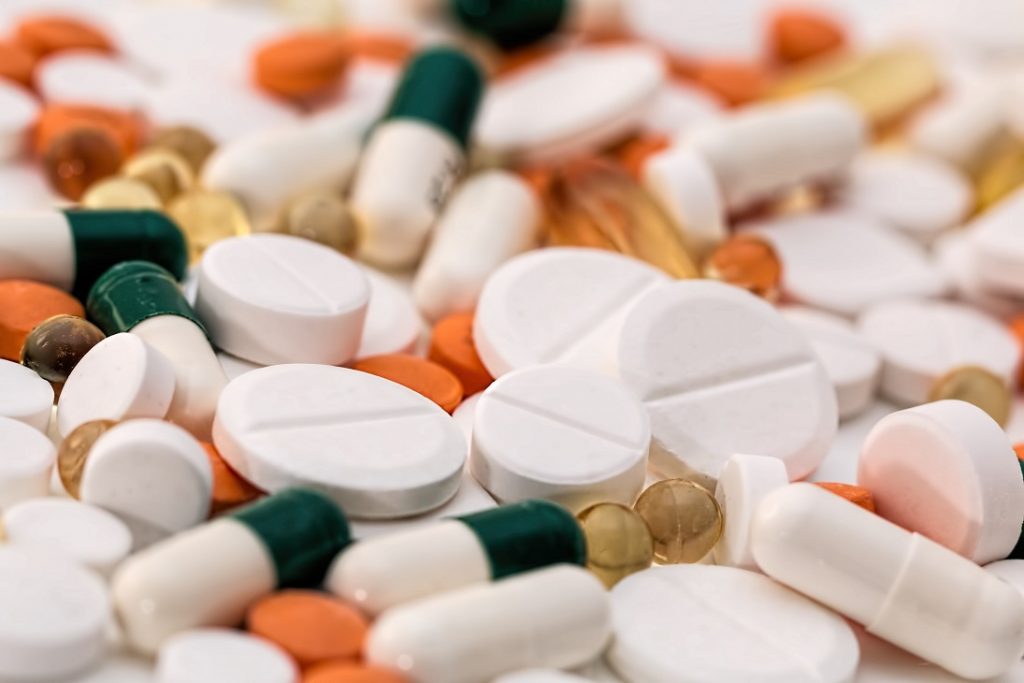New York City Mayor Bill de Blasio is suing 8 pharmaceutical companies for $500 million for abetting the opioid epidemic. He and the city claim it constitutes a public nuisance, making these companies liable for damages payable to New York City.
At first glance, the statistics are on de Blasio’s side. Opioids played a role in over 42,000 deaths in the United States in 2016, up nearly 50% since 2014. Beyond that snapshot data point, however, the case falls apart.
The city alleges that these 8 pharmaceutical companies, which include Allergan Plc (NYSE:AGN), Endo International Plc (NASDAQ:ENDP), Johnson & Johnson (NYSE:JNJ), Purdue Pharma LP Teva Pharmaceutical Industries Ltd, (NYSE:TEVA) AmerisourceBergen Corp (NYSE:ABC), Cardinal Health Inc (NYSE:CAH) and McKesson Corp (NYSE:MCK), “deliberately misled consumers” into believing that these drugs carried minimal risk of addiction. OK, so let’s take a look at the warning labels of just the top three bestselling prescription opioids in the United States.
The first is Vicodin, with over 127 million prescriptions filled in 2014. The global supply of Vicodin is almost entirely consumed by Americans. A cursory glance at Vicodin’s warning label shows 39 mentions of the word “warning,” 27 mentions of the word “addiction,” and 34 mentions of the word “abuse”. The clearest and most concise warning comes from the very first paragraph of the very first page:
Hydrocodone bitartrate and acetaminophen tablets expose patients and other users to the risks of opioid addiction, abuse, and misuse, which can lead to overdose and death. Assess each patient’s risk prior to prescribing hydrocodone bitartrate and acetaminophen tablets, and monitor all patients regularly for the development of these behaviors and conditions.
The runner up by prescription, Endo International’s Percocet, has a warning label with 26 mentions of the word “addiction” and 41 mentions of the word “abuse”. It has virtually the same beginning as the quote above from Vicodin’s warning label.
The second runner up is Purdue Pharmaceuticals’ Oxycontin and generic equivalents, which accounted for about 22 million prescriptions in 2014. Oxycontin’s warning label contains 34 mentions of the word “addiction”, 21 mentions of “death,” and 60 mentions of “abuse”.
To claim that these companies misled consumers into thinking that these drugs carried minimal risk of addiction is perplexing, to say the least. But leaving that aside, pharmaceutical companies cannot mislead consumer directly at all anyway, since consumers cannot purchase these drugs directly of course. It was the Food and Drug Administration that approved all of these drugs to be sold in the first place with their warning labels, and physicians are ultimately responsible for prescribing them as a second line of defense against abuse.
The most these pharma companies could have done to mislead consumers is to mislead the FDA into approving and physicians into prescribing these drugs to their patients. If so, then perhaps the FDA and individual doctors should be sued instead for negligence, since they have enabled this epidemic by approving and prescribing these drugs in such high numbers.
Speaking of numbers, the numbers themselves don’t work out either. According to the CDC, deaths from natural opioids have been more or less steady since 2012. It is heroin deaths that have skyrocketed from about 3,500 in 2012 to nearly 13,000 in 2015. You can’t sue anyone for heroin deaths. Deaths from Insys Therapeutics’ (NASDAQ:INSY) Fentanyl and other synthetic opioids have also skyrocketed since 2014, but Fentanyl prescriptions are only about 3% of just the top three best selling opioids, and Insys is not even included in the list of 8 companies that New York City is suing in the first place.
All said, very little of this lawsuit makes much sense, and considering that pharmaceuticals are the second most heavily regulated industry behind banks, it is unlikely that New York City or de Blasio will win this one.
Disclosure: Long TEVA
